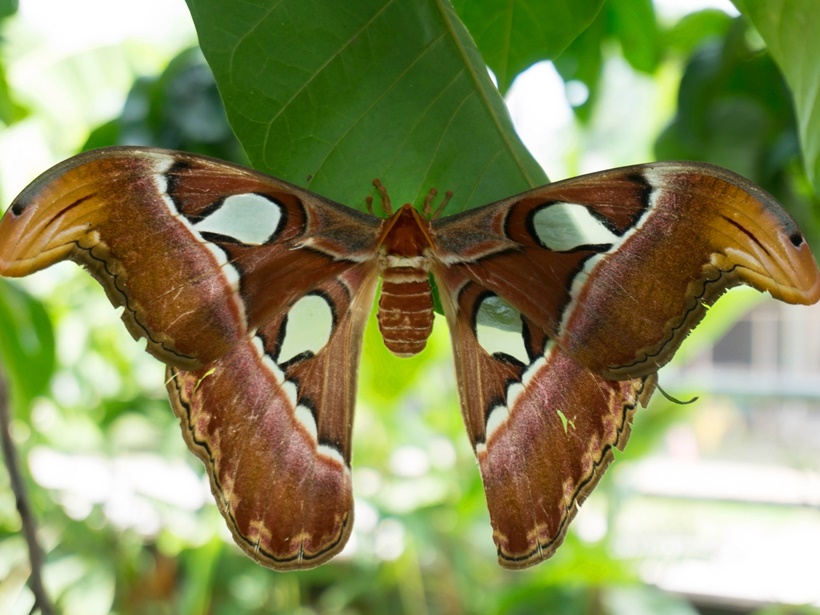It’s National Moth Week! Here are some amazing moth facts for kids
The caterpillar stage in several moth species is seen during the spring season, when new leaves are soft and succulent to feed on.
 Moths are beautiful!
Moths are beautiful!
There are about 160,000 species in the world and about 10,000 species reported in India so far. And did you know their cocoons are sometimes used as purses?
Dr. Faiyaz A Khudsar
As a child, I remember Bhagalpuri silk shirts, without knowing the source of the silk. It was only once I reached class 12 that I discovered the existence of a beautiful insect, the tussar silk moth. We have studied the species in great detail at the Yamuna Biodiversity Park. Moths and butterflies share the same order Lepidoptera, meaning scale-wings, referring to the layers of microscopic scales that make up the colour patterns on the wings and body.
Over 160,000 moth species in the world
Moths are among the most diverse and successful organisms on earth. As per one estimate, there are about 160,000 species in the world and about 10,000 species reported in India so far. Most moths are nocturnal but there are crepuscular (appearing in twilight) and diurnal (active during the day) species as well. Moths come in colours and patterns that are either so dazzling or cryptic that they are ideal for camouflage. Their shapes and sizes range from as small as a pinhead to as large as a human adult’s hand. The Atlas moth, considered among the largest in the world with a wingspan of about a foot in length, has also been spotted in the Western Ghats of India. They are so large that their cocoons are occasionally used as purses in Taiwan.
 The Atlas moth (Photo: Getty Images)
The Atlas moth (Photo: Getty Images)
Moths are crucial for the ecosystem
Moths are one of the largest pollinator groups, besides bees and butterflies, helping in seed and crop production. We human beings are most familiar with the moths, considered as pests, such as cloth moths, meal moths and cutworms (an agriculture pest), but these form a small percentage in the large diversity of moths.
Moths are ecologically very important and play a vital role in the functioning of the ecosystem. Both adult moths and caterpillars are food for a wide variety of wild animals, including other insects, spiders, frogs, lizards, bats and birds, therefore addressing the trophic structure or the food chain in an ecosystem. Unlike butterflies, most moths are polyphagous (eating various types of food), having many host plants. Specific species of moths occur in habitats where food plants for caterpillars are available.
Moths are the earliest indicator of quality of environment and monitoring their ranges and numbers can provide us vital clues for changes taking place in our surroundings, such as effects of new farming practices, air pollution and climate change.
Masters of camouflage
Interestingly, the timings of moth life-cycles are also linked to food plants. The caterpillar stage in several moth species is seen during the spring season, when new leaves are soft and succulent to feed on. The abundance of caterpillars in spring supports the ecology of breeding birds, as they make for protein-rich food for fledglings. To protect themselves from predators, caterpillars camouflage in nature through their colours, while some even store chemicals from the plants to give a bitter taste. Some have evolved eye-like markings, unique postures or spikes to scare off predators.
So how good are moths? They are biologically captivating, aesthetically gratifying and behaviourally incredible, amazing aerial acrobats, important in the trophic or food chain structure, eating away many toxic plants. Moths also make for great live specimens for classrooms and important models for ecological and evolutionary scientific research.
(The writer is a wildlife biologist and scientist-in-charge of the Yamuna Biodiversity Park.)































